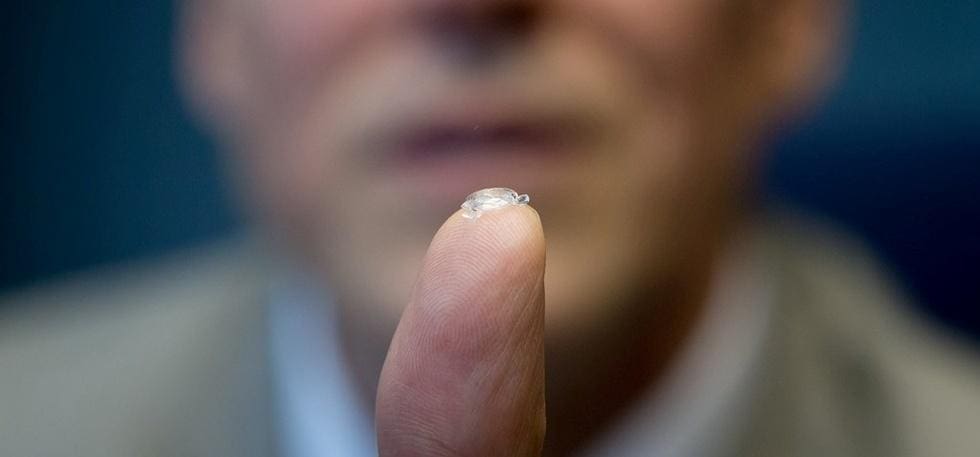A new generation of contact lenses assembled with tiny circuits and LED lights could make the dream of 'bionic vision' a reality. A research group at the University of Washington in Seattle has created a model of an electronic contact lens.
“This is not a device that can provide the vision of a hawk or the ability to read subtitles that translate a film into another language,” says Prof. Babak Parviz, head of the research. “But the prototype will show us the full potential of LED contact lenses, and in the future we could perhaps achieve the results I have illustrated.”
How do they work?
To transform a pair of contact lenses into a functioning system, control and communication circuits, miniaturized antennas, thousands of LED lights capable of transmitting images directly on the retina have been integrated, all on a semi-transparent support, in order to guarantee the correct vision.

The potential is enormous. Imagine a sensor that sends all the data on the sugar level in his blood directly into the eye of a diabetic in real time, or a navigator that gives directions to a pedestrian 'on the fly' and without the need for anything else. Definitely the step that separates us from putting it on the market of contact lenses similar is still a long way off but the possible applications that could arise from it are practically infinite and new improvements to the product could certainly be continuously developed. Even the Internet could integrate wonderfully with a similar system. Free from the bonds of a physical display, information 'superimposed' on reality would float before us, enriching our every experience.
LED contact lenses: Health first
The first field of application of bionic vision will however remain the medical one: contact lenses are used every day by hundreds of millions of people. When you test your blood, a doctor will likely measure a good portion of the markers found on the cells in your eyes. If properly programmed, electronic contact lenses of this type will be able to provide in-depth data on cholesterol, sodium and potassium levels, sending the data in real time to the analyst.
Difficulties
Currently, the limits to the development of this technology are entirely hardware-related: miniaturizing the key elements of the system (first and foremost transceivers) is not easy. Furthermore, a new class of LED lights will need to be created that is not toxic to the human eye (most of the red ones unfortunately are).

